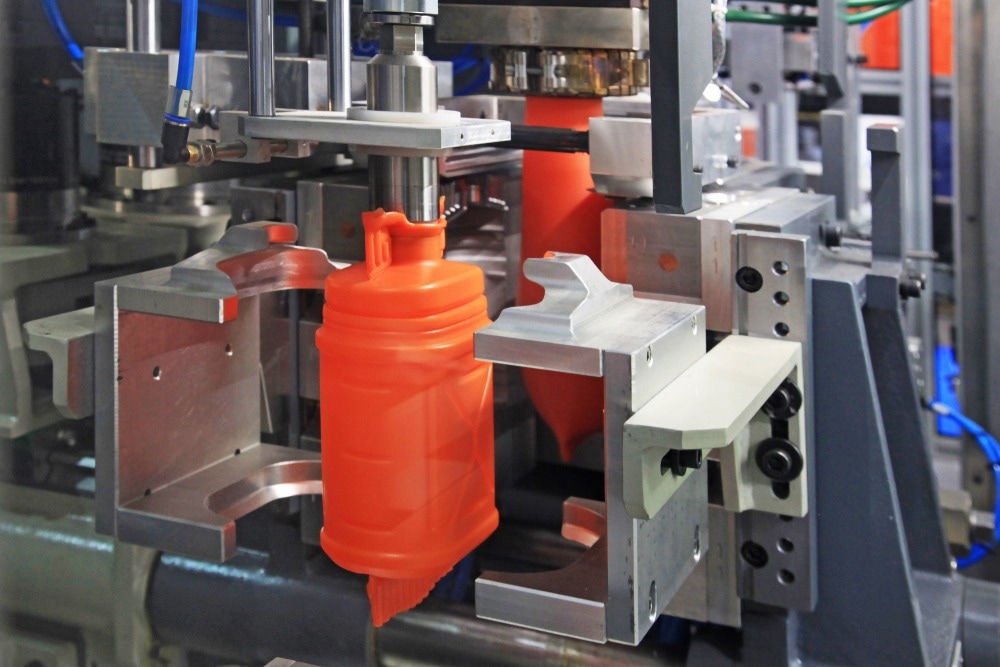In a paper recently published in the Journal of Cleaner Production, researchers explored the main features of thermoset plastics using the life cycle assessment (LCA) method and performed LCA on melamine-etherified resin (MER) fibers for their cleaner and sustainable production.

Study: Sustainable industrial ecology and environmental analysis: A case of melamine etherified resin fibres. Image Credit: sspopov/Shutterstock.com
Problems with Plastic Waste
In recent years, the rapid growth of plastic usage has increased waste related to plastics. Huge amounts of plastic wastes from both land and sea sources are being released into the environment, which causes substantial environmental and economic damage. About 20% of the world’s plastic waste is being recycled while the rest of the 80% is either put in a landfill or incinerated.
The concept of industrial ecology (IE) has been studied as a vital tool for sustainable development, wherein the industrial mechanism mimics a biological system. Technological processes working in accordance with the IE should replicate the closed-loop behavior of the natural ecosystem that would recycle resources, reduce environmental impacts, and construct an industrial ecosystem.
Sustainability includes a balanced geochemical cycle that involves waste reduction and recycling, emission reduction, sustainable energy, social justice, climate resilient models, and improved understanding and implementation of science while drawing comparisons with the current state of industrial waste treatment. The present study uses LCA to address the end-of-life phases and MER fibers' production and chemical recycling.
Recycling MER Fibers
In this study, researchers mainly investigated different prospective pathways to produce and recycle MER fibers, and evaluated the degradation of plastic, its fragmentation, and leaching in waters and soils.
The team simulated the sustainability of MER fiber production from a conventional process based on steam reforming of natural gas and compared it with processes that used wood-based methanol and waste CO2. The plastic value chain's chemical upcycling and recycling options were evaluated for recovering monomeric constituents. Furthermore, the chemical degradation of the MER fibers in subcritical waters at different temperatures was performed to investigate the hydrothermal process that works under high pressure and temperature to convert waste into valuable materials.
Thereafter, the MER fibers were exposed to several models and real water environments for eight days and to a soil environment for 35 days to assess the leaching and decomposition effects of natural environments. The decomposition was determined by measuring changes in the size of the materials and their Fourier transfer infrared (FTIR) spectra. The leaching was analyzed by measuring the pH, turbidity, and conductivity and determining the carbon and formaldehyde content. Finally, a conceptual LCA was carried out on the production, recycling, and end-of-life phases for a comparative evaluation of various MER fibers.
Observations
The LCA of the MER fiber production pathways indicated a 64-67% reduction in the greenhouse gas (GHG) footprint when alternative pathways such as waste CO2 capture and biomass gasification were considered as compared to conventional methane steam reforming.
The MER fibers’ hydrothermal decomposition indicated complete decomposition of the MER fibers at temperatures of 300-350°C in subcritical water under a 60-minute reaction time. The decomposition also led to forming formaldehyde, whose content decreased with an increase in the temperature.
In natural environments, the MER fibers showed no apparent mass and size changes after exposure to the soil for 35 days and no observed changes in the peak positions from the FTIR spectra. On the other hand, MER fibers exposed to different real and model water bodies degrade to nano and microplastics. The organic compounds leaching from the MER fibers were indicated by increased formaldehyde and ammonium concentrations and increased chemical oxygen demand (COD). The LCA results exhibited a dominant effect of electricity on all the samples and impact categories. However, modeled waters showed slight changes because of additional inputs due to the additions of NaCl, NaOH, and H2SO4.
Conclusions
To summarize, the team provided a comprehensive viewpoint on three main areas of MER fibers' life cycle: sustainable production, effective environmental-friendly recycling, and post-disposal end-of-life behavior.
The sustainable production of MER fibers could be achieved by adopting alternative methods utilizing wood-based methanol and waste CO2 to mitigate environmental concerns effectively, the former being the preferred option since it generated the least environmental impacts. Moreover, a high temperature allowed optimal MER decomposition but was accompanied by increased environmental burdens. The end-of-life assessment of the MER fibers indicated that disposal of such polymers through landfills would lead to secondary soil, atmosphere, and water pollution.
Additionally, the generation of nano and microplastics during the decomposition process signifies the need to identify green technologies for recycling and reusing opportunities. According to the authors, further detailed analysis of such plastic materials is necessary to identify the products in the solid, aqueous, and gas phases post recycling.
Disclaimer: The views expressed here are those of the author expressed in their private capacity and do not necessarily represent the views of AZoM.com Limited T/A AZoNetwork the owner and operator of this website. This disclaimer forms part of the Terms and conditions of use of this website.
Source:
Vujanović A et al., Sustainable industrial ecology and environmental analysis: A case of melamine etherified resin fibres, Journal of Cleaner Production (2022) https://www.sciencedirect.com/science/article/pii/S0959652622028876